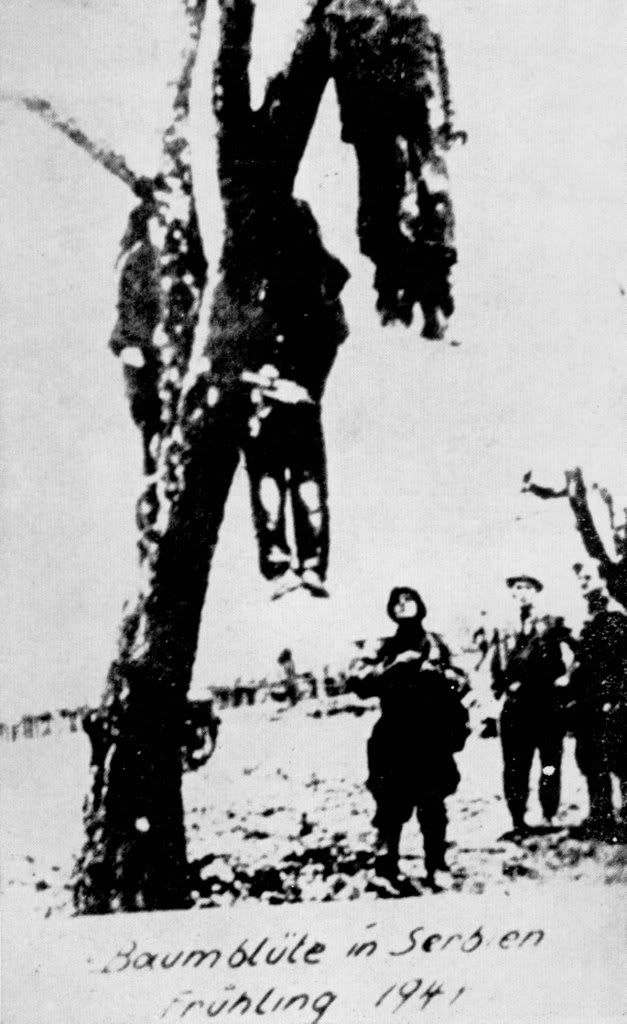I already told Egorka per PM that it is basically hard to get information about these high-numbered divisions like the 704th (a pure occupational unit) or the 714th (all reserve personell) Infanterie-Division since there were no divisional histories published in book-form. First I like to re-advert to my last post regarding the “Josef Schulz” issue:
http://ww2incolor.com/forum/showpost.php?p=140519&postcount=131
However I found another source (Karl Bethke, Das Bild vom deutschen Widerstand gegen Hitler im ehemaligen Jugoslawien) saying the following:
“…For years the case of the Gefreiter (PFC) Josef Schulz from Wuppertal circulated throughout the debates. As a member of the 714th Infantry-Division he was supposed to have refused to take part in an execution of 16 partisans in Smerderevska Palanka/Yugoslavia on July 20th, 1941 and was hereupon shot himself. However it was doubtlessly determined that PFC Schulz was killed the day before during a descent of partisans. This means, there is no case noted that a german soldier was shot because he refused to be involved in executions like the one in question…”
I had some thoughts about this remarkable case myself and I think it would be an unlikely act that Schulz would have been executed with the alleged partisans immediately. It’s doubtful that in a well-organized army like the Wehrmacht (which it still was in May 1941) a leader of a firing-squad would take the responsibility and execute a german soldier without being court-martialed and convicted before. But that’s only my pure subjective mindset of course.




 (Which could be a bit awkward, as in another context a sultana is a sultan’s missus. :shock: )
(Which could be a bit awkward, as in another context a sultana is a sultan’s missus. :shock: )